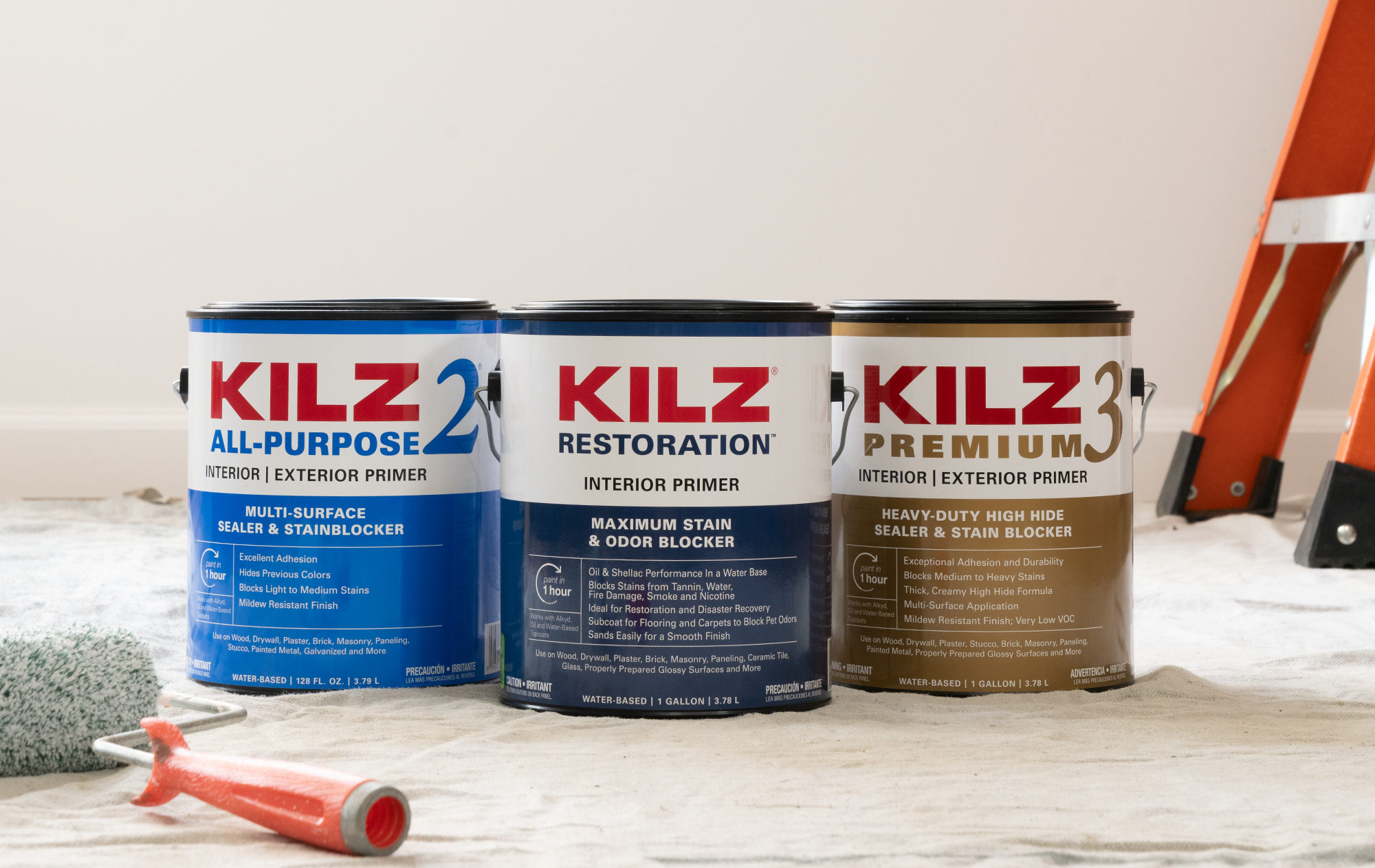
Primer Myths – 5 Common Myths About Primer
October 3, 2023If you’re new to DIY home improvement, there can be a lot to learn, which is why we’re here to help. We talk a lot about all the things primer can do—how it can improve your paint results, save you time and money, cover up stains, and block irritants like odors, mold, and mildew—but we don’t always discuss the many misconceptions about primer that prevent people from using it. So, today we’re going to address some common primer misconceptions, so you can feel confident you’re making the right choice for your next project.
Myth#1: Primer is Just Paint Without Color
This is one of the most common misconceptions, but the fact of the matter is, primer and paint are two completely different formulas. Paint is formulated to deliver color, and primer’s purpose is to adhere to the surface, create a clean and smooth foundation, protect the surface, and in some cases block stains or hide other imperfections.
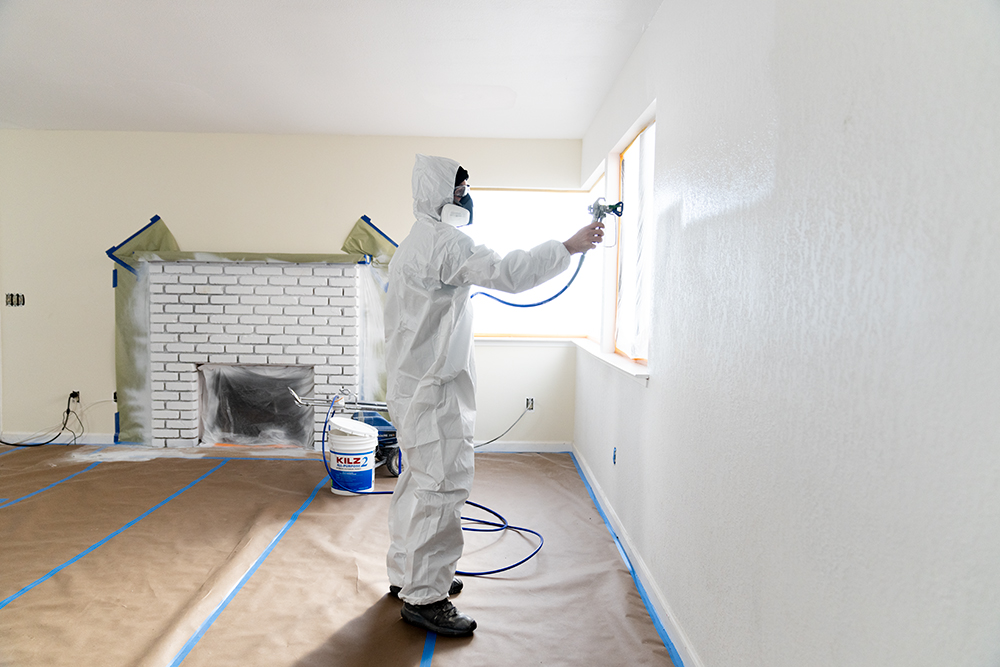
Myth #2: Primer Doesn’t Make a Difference and It Takes Too Much Time
Applying primer will actually save you time and money in the long run. Depending on the condition and problem areas that exist on your surface, it’s smart to spend the extra step priming. Using primer to address a problem before applying paint may prevent the need to re-paint or add additional coats of paint to get the results you want.
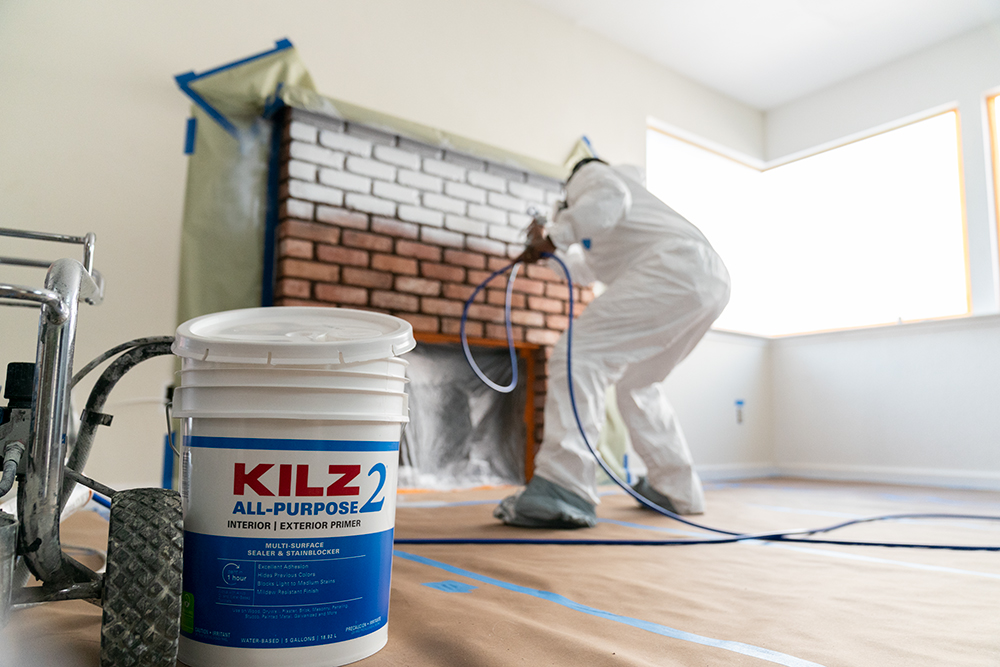
Myth #3: I Should Use Multiple Coats of Primer if I Can Still See a Stain or Previous Color
Not necessarily. If the previous color or stain is severe, you may need to apply more than one coat of primer, however, it’s not necessary to keep applying coats until a stain or previous color disappears. If the primer is applied uniformly over the previous color or stain, then one or two coats should be sufficient.
Primer works underneath a coat of paint to give you a uniform surface, hide robust colors, block stains, and enhance the paint’s ability to stick to the surface better and last longer. But even if the primer coat does not fully hide the stain or former paint, it will still perform these functions. With help from primer, a coat of paint should completely cover the surface — including previous paint or stains — and get you the results you want.
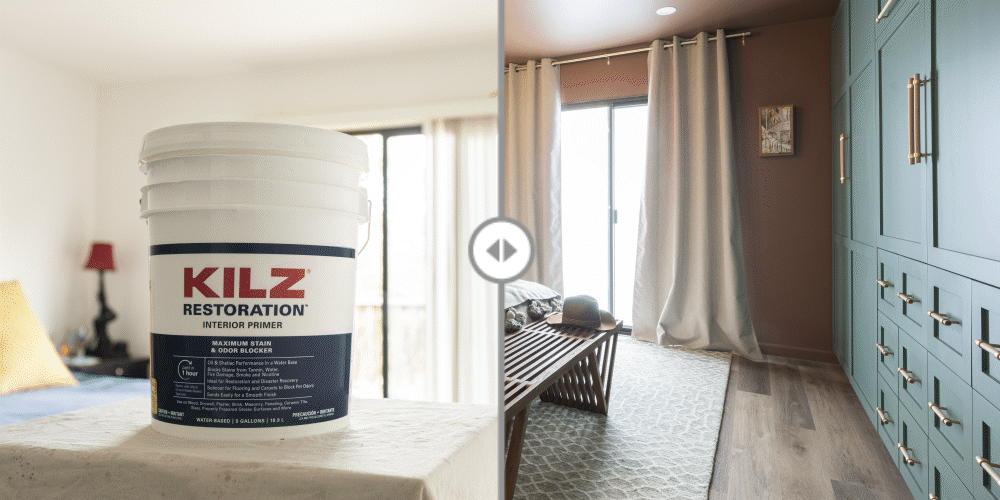
Myth #4: You Only Need to Prime Indoors, Not Outdoors
Priming outside is just as important, as priming inside because exterior surfaces are exposed to the elements and can experience expansion and contraction (from heat and cold), as well as UV exposure that may cause your paint application to fail due to lack of adhesion to the surface. For these reasons, using an exterior primer first on a properly prepared surface can make a huge difference. If you want to protect your painted outdoor surfaces from cracks, peels, and blisters, and ensure your paint lasts longer, using a primer formulated for these circumstances is a must.
Myth #5: You Don’t Need to Use Primer If Your Paint Contains Primer
Most paints do not contain primer, and if they do—such as an ‘all-in-one’ product—most pros and experienced DIYers will tell you to apply an external coat or two anyway to cover yourself. The only time you should use a combination paint and primer is if you’re touching up paint of the same color. For all other jobs, whether you’re changing the color, starting from scratch, or refreshing a surface, priming before you apply paint is always going to give you superior results.
We hope this information helps you with your next paint project. Be sure to come back to the blog for more tips like these and to get all your primer and paint questions answered beforehand to save you time and money.
To learn more about primer solutions, visit kilz.com.
Always remember to refer to our website kilz.com or product back labels for additional information on which primer is right for your project and detailed instructions on how to apply our products. Check out our Coverage Calculator to understand your estimated paint needs for your upcoming project.
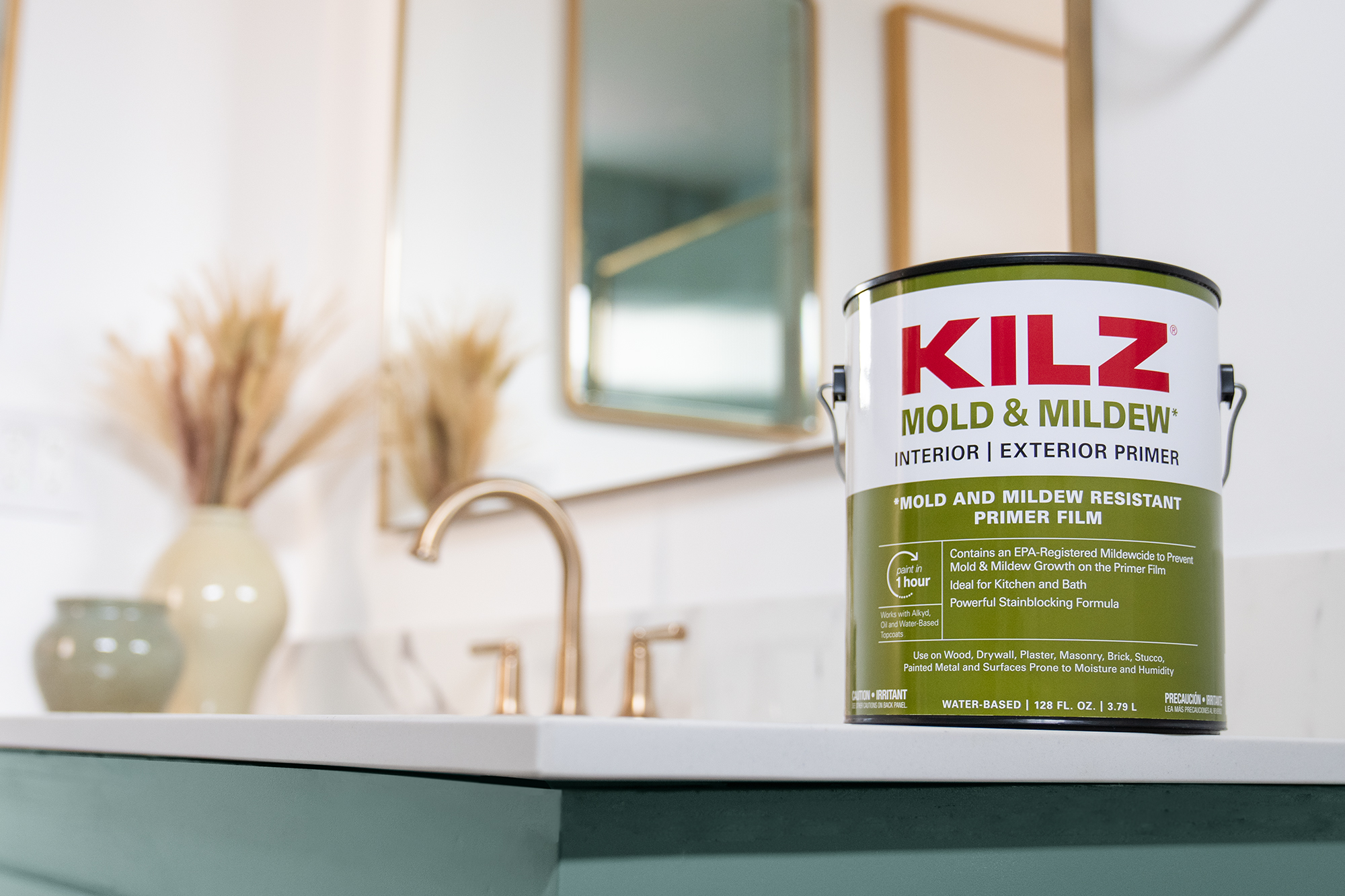
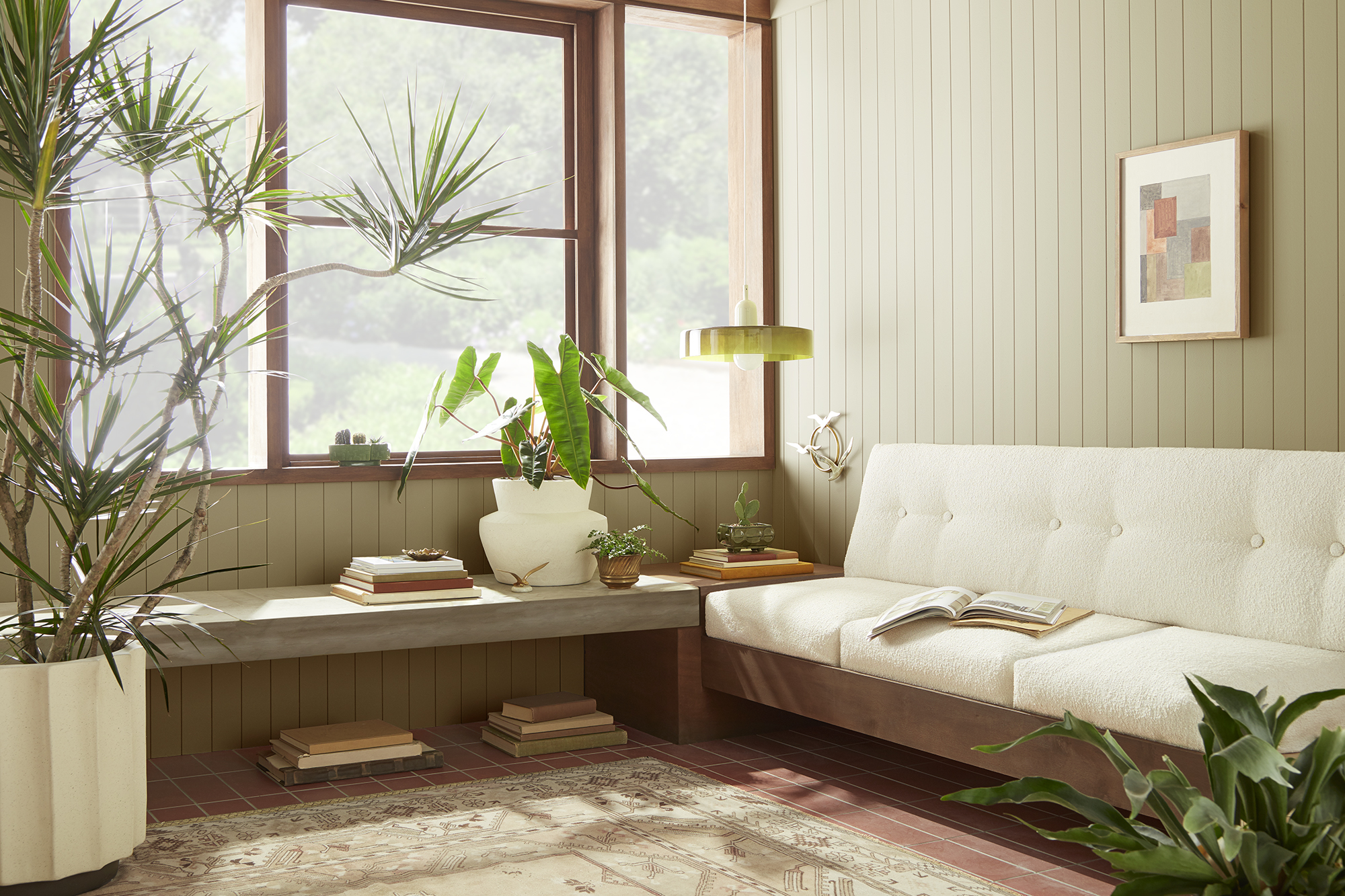

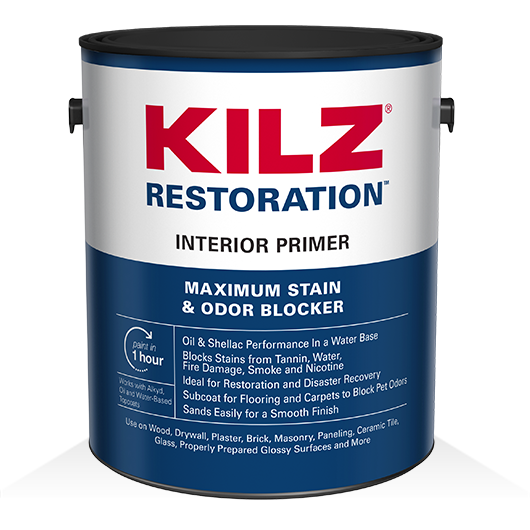
join the conversation:
SHARE this post:
COMMENTS: